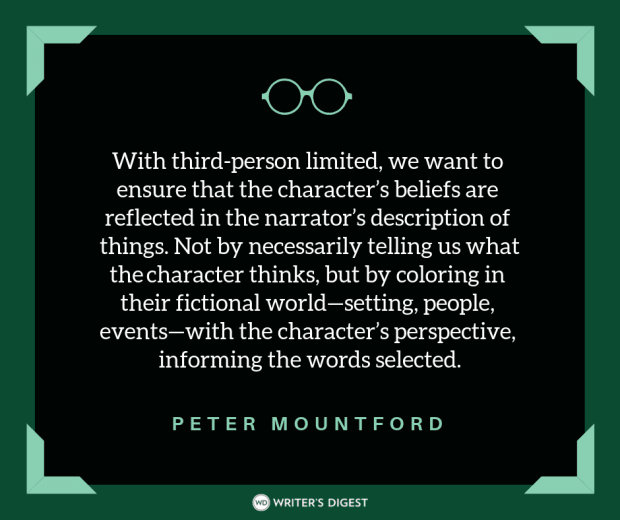A Big Mistake to Avoid in Story Openings
I’ve read countless manuscripts that begin by describing a character writhing in pain. Mental pain, physical pain, emotional pain, you name it. For instance: John clenched his throat and tried…
I've read countless manuscripts that begin by describing a
character writhing in pain. Mental pain, physical pain, emotional pain,
you name it.
For instance:
John clenched his throat and tried
to stop the flow of blood, but he couldn't. His skin became whiter and
whiter, and he broke out into a cold sweat. He felt prickles all up and
down his back, and his breathing became intensely labored. He squinted
into the sun and wondered if this was finally going to be it. [Two
paragraphs later, after more pain description]
He felt certain he was
going to die after getting trampled by a bull moose. He thought about
his life as a whole, and was actually pleased at the thought he'd never
have to suffer married life again.
Writers probably think it is better to dramatize this opening moment of crisis—to SHOW the character in pain or agony.
In
fact, it's usually better to come right out and tell, and get to the point
quickly. You can grab my attention much more effectively by starting
out this way:
On his 500th hunting trip, it finally happened. John was
trampled by a bull moose. His wife tried calling him while it happened
but he couldn't reach his cell phone. In that moment it became crystal
clear to him: He wanted a divorce.
This is a VERY extreme
example, but hopefully the point is made. Dramatizing (or
showing) can slow down your first scene to an absolute crawl. It's hard
to care about any character's pain until we know that character's
conflict, motivation, and overall environment.
Later on in the book, when
we're on the edge of our seat, wondering what will happen to John, because we
care so much about John—that's the time to show and dramatize, and keep
us in suspense.
Need more help on your story beginning? Writer's Digest publishes the only book available specifically on how to handle story openings:
Also check out my favorite recent title on novel writing:
- The Fire in Fiction by Donald Maass (literary agent)
Jane Friedman is a full-time entrepreneur (since 2014) and has 20 years of experience in the publishing industry. She is the co-founder of The Hot Sheet, the essential publishing industry newsletter for authors, and is the former publisher of Writer’s Digest. In addition to being a columnist with Publishers Weekly and a professor with The Great Courses, Jane maintains an award-winning blog for writers at JaneFriedman.com. Jane’s newest book is The Business of Being a Writer (University of Chicago Press, 2018).









